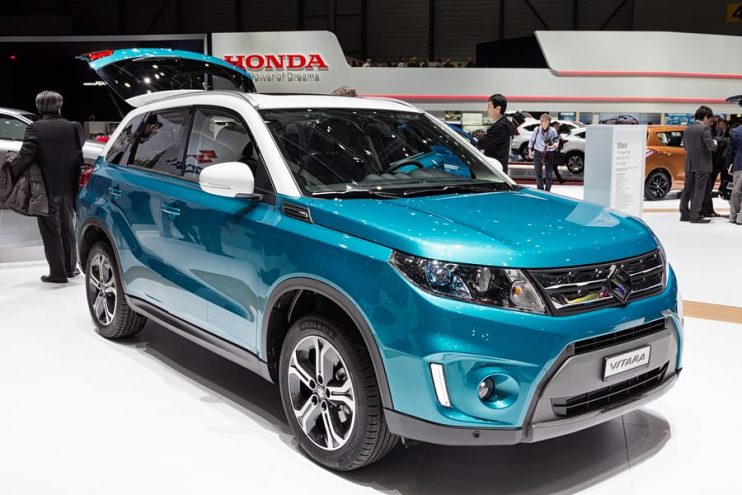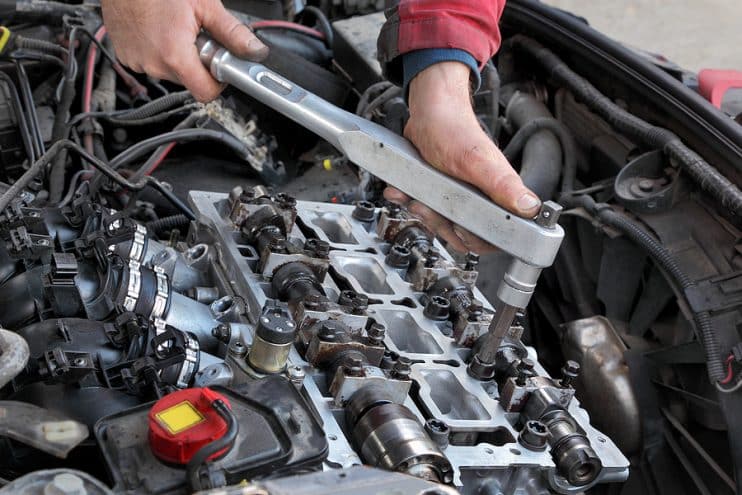
Many manufacturers have jumped on the SUV bandwagon, but one car with a real legacy is the Suzuki Vitara. A mainstay of Suzuki’s range, this vehicle has been in production since 1988 across many different generations, with the latest release coming in 2015.
If you want a good second hand SUV then make the Suzuki Vitara one of your first options. There’s a reason why this vehicle has stayed in the public eye for so long – and that’s due to its strong on-road handling, attractive features and the durability of Suzuki parts. However, it is not completely destruction-proof, so when you are checking out a potential purchase, use our common problems list to avoid any issues.
So what are the common faults with the Suzuki Vitara?
Diesel Particulate Filters (DPF)
One of the most vulnerable points in the Suzuki’s overall mechanical systems is its need for clean oil and regular oil changes. Failure to meet this demand can leave the car with a very dirty diesel particulate filter that can become clogged and stuck with soot, causing the car to emit dirty smoke from the exhaust whilst running. Leave the car idling after your test drive and go around the back of the vehicle to inspect the volume of smoke coming out of the exhaust to check for this problem.
Brake Callipers
If a Vitara has been left out of action for a considerable amount of time then it’s not uncommon for the brake callipers to seize and stop working properly. Ask the relevant questions of the owner about the history of the vehicle’s usage to get a clue as to whether this might be a problem, and then make sure you test stopping distances at various speeds in the car. If the brakes seem unresponsive or the car is taking too long to come to rest, then you probably have your culprit.
Drive Belt Tension Adjuster Pulley
One of the largest recalls affecting this Suzuki vehicle was due to the drive belt tension pulley. In 2011 thousands of Vitaras were found to be suffering from a problem with an internal spring that could cause a loss of tension in this system. If this issue has not been correctly fixed, then you are likely to see a warning light on the dashboard. Pay close attention even if the owner tells you it is nothing to worry about.

Cracked Cylinder head
When you pull off, get out of the car and check the asphalt. Are there patches of oil and coolant? If so then there’s a chance that problems with the coolant system could have led to a cracked cylinder head in the Vitara’s engine. Factor in poor performance and perhaps even smoke coming out of the exhaust and you have one problem that you most certainly will want to avoid.
Worn Suspension on Towing Vehicles
Have a good test of the suspension if you suspect that the vehicle has been used for towing, as the system is prone to faults. Does the car handle well on rough, uneven roads or does the ride seem overly bouncy and problematic? Check the car returns to its normal position using a bounce test. Push down on the bonnet and see if it recovers stillness in a couple of bounces.
Signs of Off Road Damage
The Vitara’s bodywork is prone to damage from off-road motoring. If you think that the car has been used to get around all kinds of terrain, then check all the sills, wheel arches, departure points and have a good look around under the body. Whilst this may not completely ruin your second hand purchase, if there is significant damage this could be either worth a reduction in price or you taking a look elsewhere for something a bit less worn.
If you are thinking of buying a second hand Vitara, then the chances are this will be a second or third generation vehicle. Both are good value, but the later third generation cars had a facelift and have a little more presence on the road. Still, if you want four wheel drive luxury in a solid, reliable format that’s simple to fix and offers good miles per gallon economy, then this Suzuki is a sure-fire bet.
For affordable replacement engines, gearboxes and more, check out our new and used Suzuki Vitara parts page.



.png)